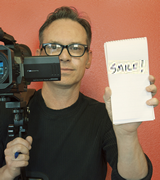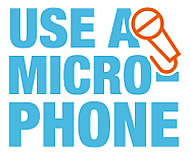| BlueSky Business Aviation News | ||||||||||||||||
|
||||||||||||||||
Results appear, going on and on down the page in a way that reminds you of the long credits at the end of the movie and you get discouraged, because you’ve read those before and they have not been illuminating. What’s a best boy? You click a few of the links and learn a few things about frame rates and color grading and how to slap black bars at the top and bottom of the frame to give the appearance of widescreen cinema. Fine. But that’s not really a start, that’s more of a finish. All you really want to know is how to make videos that will make your CEO look good, your company stand out, your products shine. A video that looks professional. That pops on social media. That looks like a million bucks but was made on a smartphone. Is that too much to ask? It’s not. But you have to reframe the question. Stop asking how to make your videos look like film and start asking how to make your videos like a filmmaker. You’ll find there is no single answer to that one, either, but at least now you are down the path of process, best practices and proven techniques that anyone from the marketing department to the maintenance crew can follow. Here are a few to get you started . . .
Use your head This is the most important tip. If you want to shoot like a filmmaker, you first have to think like one. That starts with story. Find one for every project. Your CEO wants you to shoot his elevator pitch and put it online? Great idea. Give it a storyline. Shoot it in an actual elevator. Have him make the pitch to a “stranger” you’ve cast. Then to another “stranger” you’ve cast. Make it appear as if he is riding the elevator all day long giving the pitch to people. That’s kind of funny and a little humor goes a long way. Look, we’ve only just touched the surface here. That tiny lens on the back of your phone can record the world around you in high-resolution widescreen. The possibilities are only limited by your imagination. Sure, sometimes your big idea calls for a big production, and you’ll need a director and a budget. But with practice and planning you can get professional results on a shoestring using the tools that are already at your fingertips.
|
||||||||||||||||




